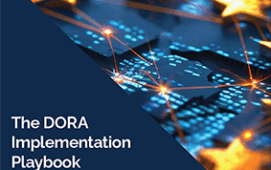Changes made to recommendations on time synchronisation in the European Securities and Markets Authority’s (ESMA) latest technical standards for MiFID II have been welcomed by Perseus, a provider of managed services including PrecisionSync time services, and recognised as being fair and reasonable. While previous ESMA recommendations suggested nanosecond clock synchronisation for electronic trading, the standards published late last month settle on 100 microseconds for electronic trading and 1 millisecond for voice trading.
Jock Percy, founder and CEO of Perseus, explains: “We were concerned that while ESMA’s initial time synchronisation standard was achievable from a technology standpoint it was commercially too aggressive as the cost of achieving the standard would be too high. We made submissions to ESMA on time synchronisation and the outcome in the latest technical standards is good, fair and reasonable.”
With MiFID II dedicated to market transparency, clock synchronisation is important to understanding what has happened in an unusual trading scenario. Percy says: “Trying to reconstruct a trading period when trading software is clocked incorrectly is very difficult. If all parties to a trade, including an exchange, are synchronised with one time source and the accuracy level is acceptable, reconstruction is easier and there should be less settlement problems and disputes.”
ESMA’s final MiFID II rules on time synchronisation will have a knock-on effect outside Europe, but they could also form the basis of the US Financial Industry Regulatory Authority’s (Finra) final decision on time synchronisation. Finra is contemplating time synchronisation within 50 microseconds for electronic trading, but could well follow ESMA’s recommendations once they have been ratified by the European Parliament. This would provide uniformity across the US and Europe, and reduce the complexity of resolving global trading challenges.
Subscribe to our newsletter




